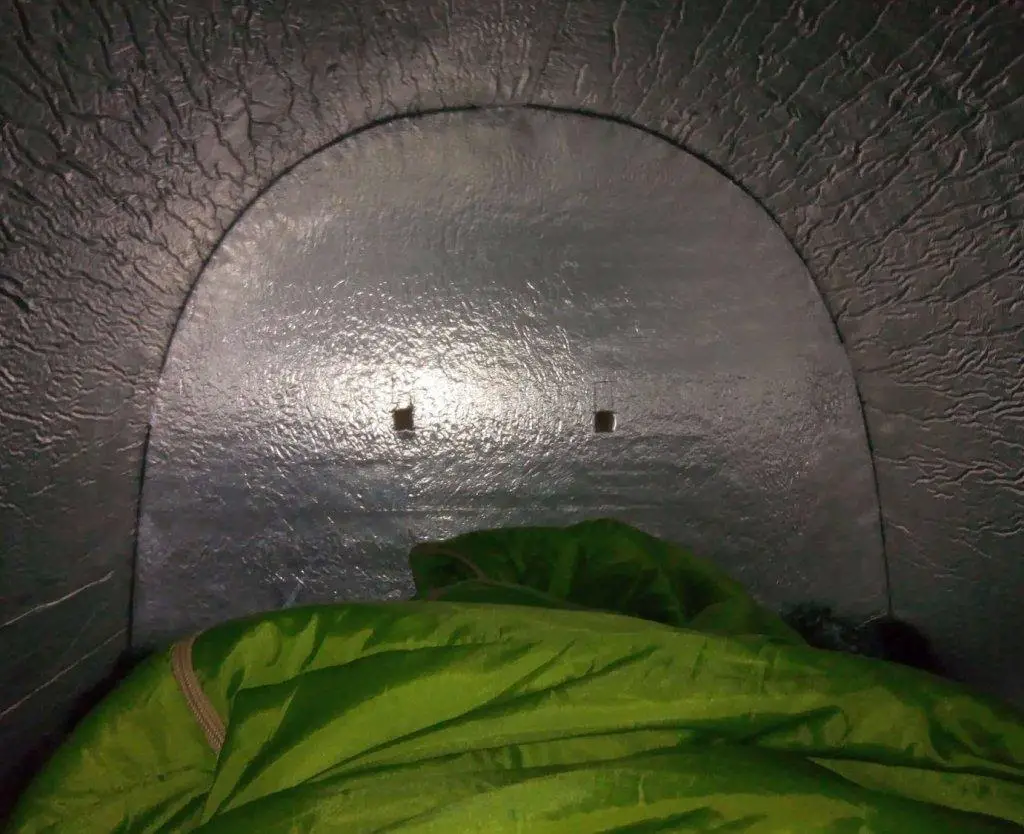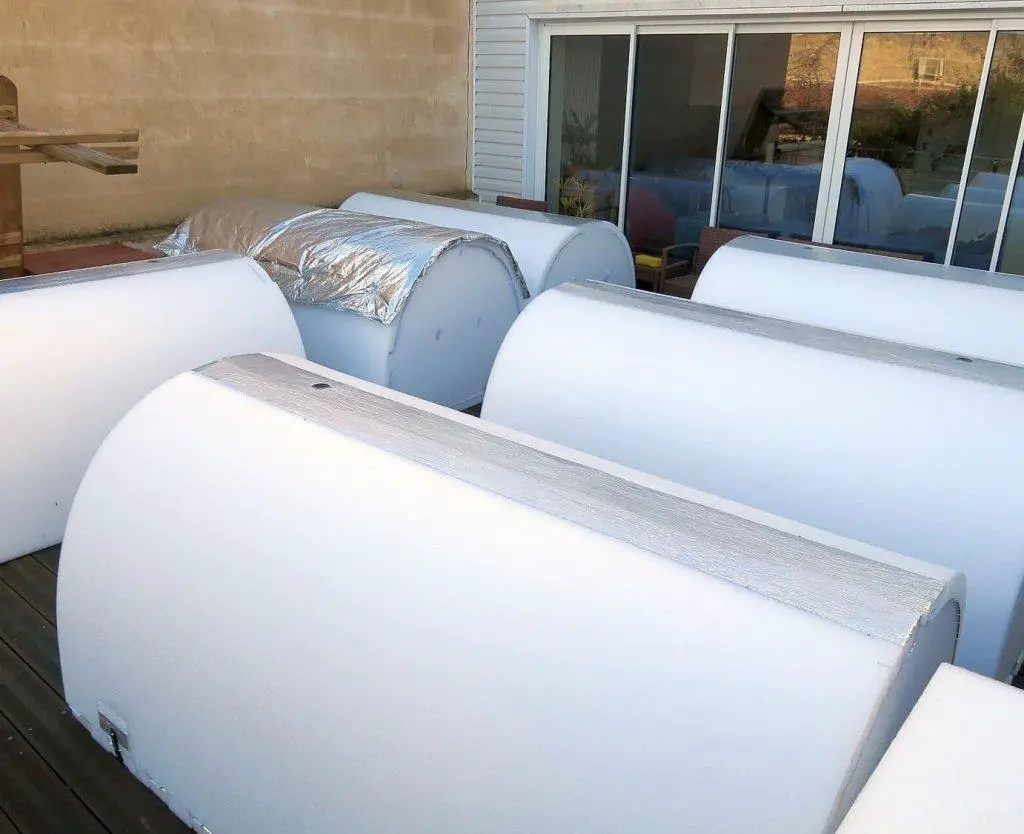If you have a warm home, food in the pantry, money in the savings account, a car in the driveway, and feel pretty comfortable with your life, it can be easy to take what you have for granted. You’ve probably gone to college, landed a decent job, and made some pretty smart money moves. Or at the very least, you have a job, you’re working hard, and you’re able to provide for your own basic needs. But if you take some time to speak to people who don’t have what you do – who may be homeless, sleeping in a car, or worse, sleeping on the street – you’ll find that many of them lived a life like yours at one point.
What’s striking about these conversations is learning just how quickly things went wrong for them. I can recall a conversation I personally had with a woman who was homeless for three years. She had a good job, retired, was able to collect on social security, but then a series of tragedies struck that rendered her homeless and unable to get into any kind of housing for years.
Read more: Church in San Francisco Opens Its Door for Homeless People to Sleep Overnight
The real cause of homelessness
That story is not especially unique. If you take the time to speak to individuals existing in unhoused conditions, you realize that the characterization of homeless people as drug addicts, people with mental health issues, or both, is a pretty gross oversimplification of the issue. The data bears this out as well.
According to The National Law Center on Homelessness and Poverty, insufficient income and lack of affordable housing are the leading causes of homelessness in the United States. In 2012, there were 5.8 million affordable housing units, but 10 million individuals classified by the US Department of Housing and Urban Development as “extermely low income” or ELI. The availability of affordable housing is simply outweighed by the need. [1]
This ultimately makes eliminating homelessness a near-to-impossible task. Regional conditions, like the availability of employment and affordable housing, can make it so there’s simply no place for a homeless person to transition into living. But we can make life on the streets marginally safer and more comfortable in the meantime. And that’s what Geoffrey De Reynal, an engineer from France, sought to do with a special, portable shelter unit he calls Iglou.
An inspired solution: Iglou
“I was living abroad in Montenegro for a year, and there are not many people living outside there,” Reynal told ABC News in an interview. When I came back to France, I was surprised by the number of homeless in the streets, so I decided to come up with an idea to help them.” [2]

In France, homelessness is a significant issue. In a 2012 survey, the French National Institute of Statistics and Economic Studies found that there were more than 141,000 homeless people in the country, representing a 50% increase in the number of unhoused people in France between 2001 and 2012. [3]
Iglou is a small, dome-shaped structure large enough to sleep two people. They’re made from layered polyethylene on the exterior and aluminum foil on the interior. This special design allows for an individual’s body heat to be captured and retained in conjunction with a small heat-capturing solar panel that also lets in natural light.

In Bordeaux, France, where Reynal first rolled out the Iglou, staying warm is particularly important for protecting the unhoused. The climate in Bordeaux is balmy, with the average high in January approximately 10°C (50°F) and the low getting close to freezing at 3°C (37°F). [4]
Reynal first provided 10 Iglous at an out-of-pocket cost to himself. Those who were given the first 10 Iglous responded positively to them. Two of the first people to receive an Iglou, Océane and her boyfriend Benjamin, both 21 years old, expressed significant gratitude to Reynal for providing them a more comfortable night’s sleep.

The broader unhoused community in Bordeaux echoed their sentiment, encouraging Reynal to do whatever it took to provide more Iglous to those in need.
Providing Iglous for all of France’s unhoused
So Reynal set out to crowdfund the necessary cash to mass produce Iglous, raising $20,000 in the process and hopes to get more support and funding from French authorities in an effort to build thousands more Iglous. But he cautions his supporters that the Iglou is far and away not a permanent solution, only a bandaid to reduce the current suffering of France’s unhoused citizens.

“I am not trying to replace emergency accommodations,” he said. “I am just trying to make life a bit less difficult for homeless people. Having one of these igloos does not mean that you are not homeless anymore.”
To learn more and get involved, please visit Reynal’s website, Iglou.fr.
Watch the video:
Read next: Homeless Man Now A Rookie Cop
References
- “HOMELESSNESS IN AMERICA: OVERVIEW OF DATA AND CAUSES” The National Law Center On Homelessness And Poverty. Published November 20, 2020.
- “IGLOOS PROVIDE SHELTER FOR HOMELESS POPULATION IN FRANCE” ABC News. Paul Pradier. Published November 20, 2020.
- “GLOBAL HOMELESSNESS STATISTICS” Homeless World Cup. Published November 20, 2020.
- “CLIMATE – BORDEAUX FRANCE” Climates To Travel. Published November 20, 2020.

